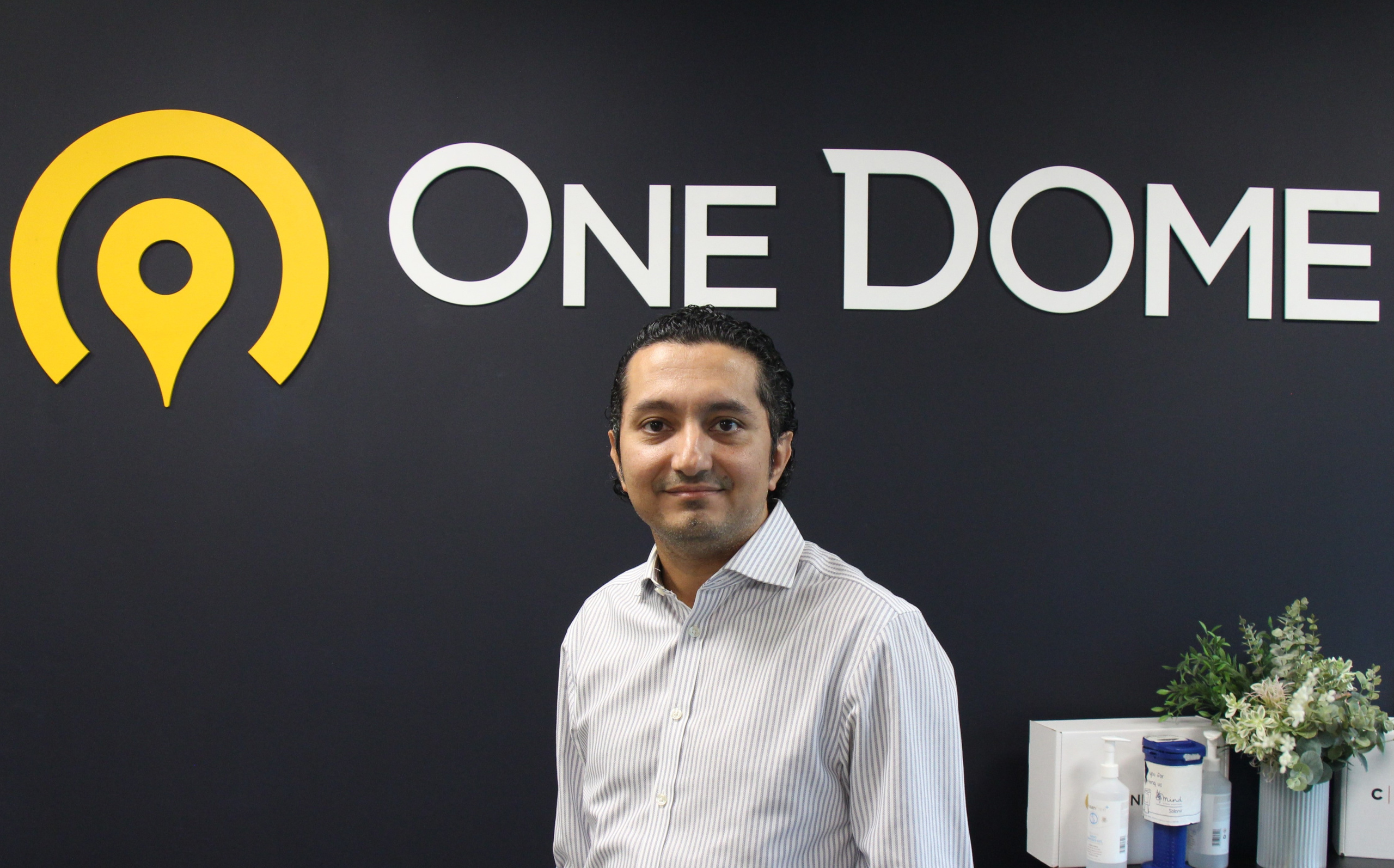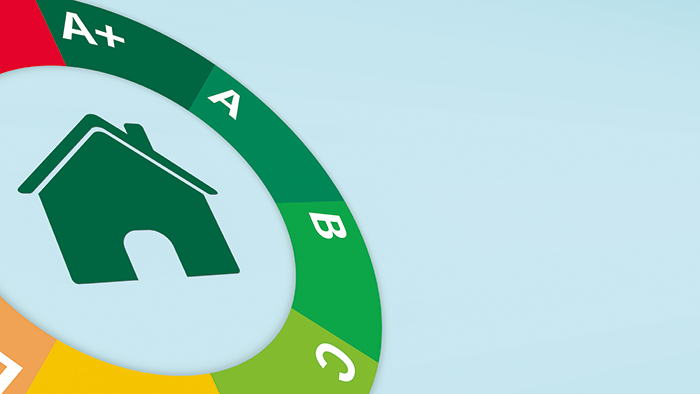
Nearly two thirds (62%) of those who have bought a home in the UK over the last 12 months said that they experienced unexpected costs during their transaction, according to recent research from Smoove.
The survey also showed that over a quarter (27%) thought this was the most frustrating part of the process.
The most commonly mentioned cost hindering the transaction process was renovation and repairs, followed by legal and one-off charges such as stamp duty and moving costs.
First time buyers were particularly vulnerable – two thirds (66%) in this grouping experienced unexpected costs, compared to just over half (55%) with previous buying experience. According to Smoove, this stressed the need for further education around the transaction process and financial commitments beyond known legal fees and mortgage costs.
Homebuyers and sellers are also facing rising conveyancing costs. On average, a total of £1.9bn was spent on conveyancing in 2024, up 17% year on year.
Despite this, none of the respondents indicated that this was the most frustrating part of the journey, showing rising costs are not what is bothering consumers, rather it is the unexpected costs that appear later down the line.
Smoove chief growth officer Matt Joy commented: “In what are normally the biggest financial moments in a person’s life, the lack of clarity in property purchases and sales adds a completely new and preventable layer of strain for consumers.
“Central to this is the potential for spiralling, unbudgeted costs. From unexpected outlays on repairs, moving costs, surveys or searches, unplanned expenses can add up quickly and contribute to the stress and pressure on the transaction itself.”
He concluded that what the research highlighted was the need for greater certainty in the process and better information at the outset, allowing buyers to budget and plan more effectively. “Resolving issues like this will help reduce delays and fall-throughs, and ultimately build more trust in the process, encouraging consumers to move more frequently.”



